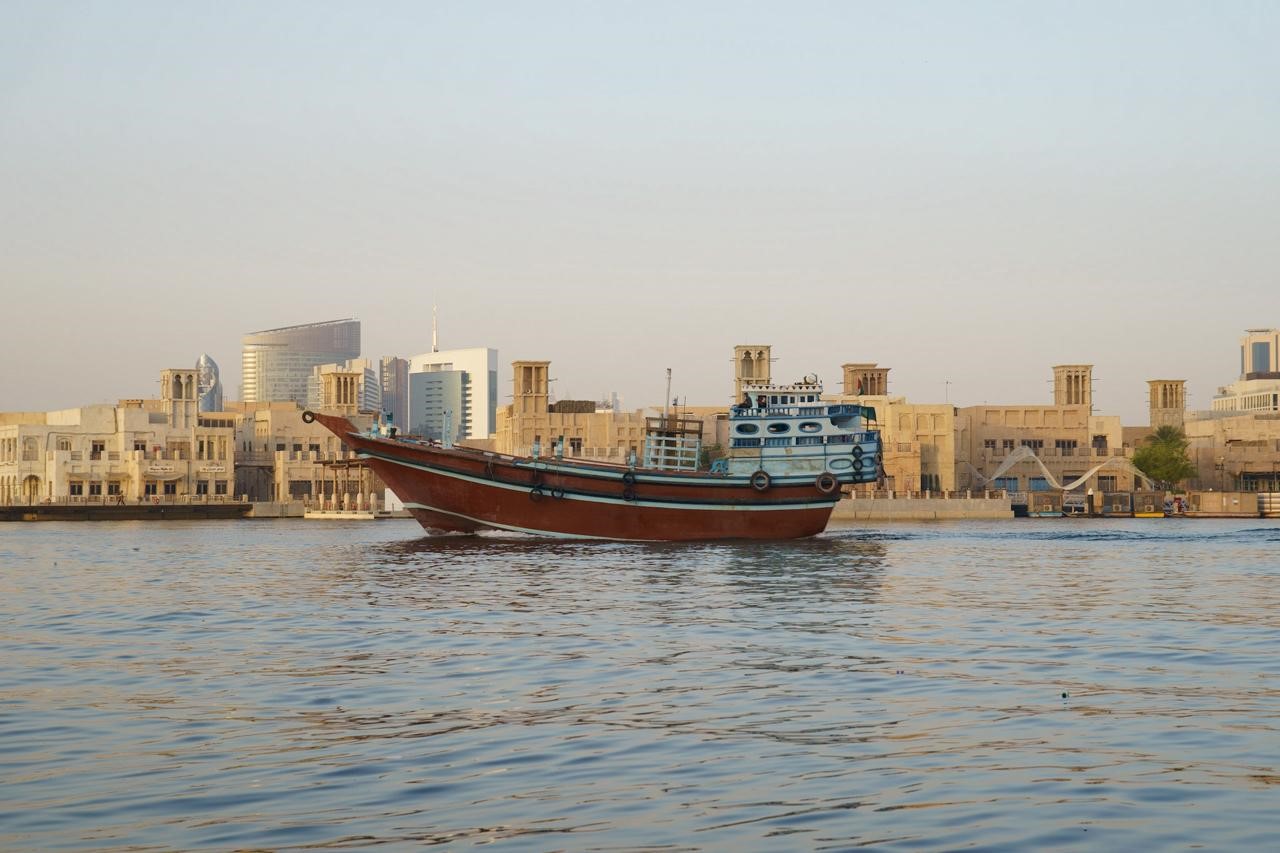لمحة تاريخية عن قواعد المراسم والتشريفات

تتطابق قواعد المراسم في جميع دول العالم ما يُكسبها طابعاً دولياً، حيث يُعبر جوهر التشريفات عن الاحترام العميق للضيف والبلد أو الشعب الذي يمثله.
وعلى مر العصور، تراكمت تقاليد وخبرات في مجال العلاقات بين الدول والشعوب عن طريق الاتصال والدبلوماسية.
وتشير الدراسات إلى وجود علاقات ذات طابع دولي بين الشعوب في الحضارات القديمة، حيث نظمت تلك العلاقات مجموعة من القواعد والأصول والضوابط.
ووفقاً للوثائق التاريخية، فإن أقدم علاقات دبلوماسية ربطت بين مصر وبابل منذ عام 1450.
وبمرور الوقت، انتشرت قواعد المراسم والبروتوكول بداية من المدن اليونانية القديمة ثم الامبراطورية الرومانية.
وفي البلاد العربية خاصة في الدولة الأموية وما تلاها، نشأت المراسم الخاصة بالخلفاء والوزراء.
ومن أشهر المؤلفات في قواعد البروتوكول، كتاب "التاج في أخلاق الملوك" للجاحظ في العصر العباسي الذي اشتمل على آداب تنظيم الدخول على الملوك وتحيتهم وكيفية الجلوس والتحدث معهم وآداب الرسل والمبعوثين واستقبال الخلفاء والولاة للشعب في الأعياد.
اتفاقية فيينا
وفي العصر الحديث، تعد اتفاقية فيينا للعلاقات الدبلوماسية عام 1815 وبروتوكول اكس لاشابيل عام 1818، أول اتفاقيتين تتضمنان القواعد الدبلوماسية المتعارف عليها في دول العالم المختلفة.
اتفاقيتا فيينا (1961 و 1963)
مثلت اتفاقيتا فيينا (1961 و1963)، نقلة نوعية في مسار العمل الدبلوماسي والقنصلي على صعيد العلاقات بين الدول، حيث أرستا أُسساً واضحة لهذه العلاقات.
وأكدت اتفاقية فيينا عام 1961 للعلاقات الدبلوماسية، على سعيها الرئيس لتأمين أداء البعثات الدبلوماسية، لأعمالها على أفضل وجه كممثلة لدولها، وتضمنت الاتفاقية 52 مادة، تنظم كافة جوانب العلاقات الدبلوماسية بين دول العالم.
ونصت الاتفاقية على مجموعة من الإجراءات المتعلقة باستقبال رؤساء البعثات الدبلوماسية، وتيسير حصول الدولة المعتمدة على المباني اللازمة لبعثتها، مع تمتعها بالحرمة، بمافي ذلك عدم دخول مباني البعثة من دون موافقة رئيس البعثة على ذلك.
وأكدت الاتفاقية أيضاً في المادة (31) على تمتع الممثل بالحصانة القضائية في الدول المعتمد لديها، باستثناء حالات محددة، مع عدم جواز إجباره على الإدلاء بشهادته.
وأعفت الاتفاقية أيضاً الممثل الدبلوماسي من كافة الضرائب والرسوم الشخصية والعينية العامة أو الخاصة مع بعض الاستثناءات.
وفي المقابل، أكدت الاتفاقية على ضرورة احترام الأشخاص المتمتعين بالمزايا والحصانات لقوانين ولوائح الدولة المعتمدين لديها، وعدم التدخل في شؤونها الداخلية.
من جانب آخر، مثلت اتفاقية فيينا للعلاقات القنصلية عام 1963 خطوة جديدة لتعزيز العلاقات الدولية في مجالات العمل القنصلي.
ومن الجوانب التي تطرقت إليها الاتفاقية، الأسبقية بين رؤساء البعثات الدبلوماسية في المادة (16)، وإخطار الدولة الموفد إليها بالتعيين والوصول والرحيل في المادة (24)، فيما تطرقت المادة (31) إلى حرمة مباني القنصلية، والمادة (35) إلى حرية الاتصال والتأكيد على الدولة الموفد إليها أن تسمح وتؤمن حرية الاتصال للبعثة القنصلية في كل ما يتعلق بأعمالها الرسمية.
ميثاق جامعة الدول العربية (1945)
وعلى الصعيد العربي، مثل ميثاق تأسيس الجامعة العربية خطوة مشابهة لاتفاقيتي فيينا (1961 - 1963)، حيث استهدف تعزيز العلاقات الدبلوماسية والقنصلية على الصعيد الدولي.
التشريفات والمراسم والبروتوكول

تُشير كلمات "تشريفات" و "مراسم" و "بروتوكول" إلى مفهوم واحد، وهو مجموعة المبادئ والقواعد المكتوبة وغير المكتوبة التي تنظم المعاملات في مختلف جوانب الحياة.
وتختلف التسميات في اللغات المختلفة، ولكن خيطاً رفيعاً يميز بينها، وعلى سبيل المثال فإن التشريفات والضيافة تعني آداب السلوك ومنظومة القواعد التي تحكم المعاملات في الأحداث والمناسبات المختلفة.
البروتوكول
البروتوكول هو مجموعة من القواعد والتوجيهات التي تُحدد السلوك السليم في مختلف النواحي الحياتية، سواء كانت مكتوبة أو شفهية. وفي سياق الدبلوماسية، يُشير البروتوكول إلى مجموعة الإجراءات والاتفاقيات والاحتفالات التي ترتبط بالعلاقات الدولية، وتضمن سلوكاً يحترم الأصول الدبلوماسية وشؤون الدولة. كما يمتد البروتوكول إلى قواعد اللياقة والتقاليد التي تسود المعاملات الدولية بشكل عام.
اشتق مصطلح بروتوكول من اللفظ اللاتيني Protocollum وهي بدورها مشتقة من الكلمة اليونانية Protocollon ، وكانت تُطلق على الورقة الأولى المُلصقة على العهود والمواثيق. وبعد ذلك أصبحت تلك التسمية تتعلق بكيفية تنظيم أي حدث أو مناسبة، والتعامل مع الضيوف والمنظمين.
التشريفات والمراسم والبروتوكول
تُشير كلمات "تشريفات" و "مراسم" و "بروتوكول" إلى مفهوم واحد، وهو مجموعة المبادئ والقواعد المكتوبة وغير المكتوبة التي تنظم المعاملات في مختلف جوانب الحياة.
وتختلف التسميات في اللغات المختلفة، ولكن خيطاً رفيعاً يميز بينها، وعلى سبيل المثال فإن التشريفات والضيافة تعني آداب السلوك ومنظومة القواعد التي تحكم المعاملات في الأحداث والمناسبات المختلفة.
البروتوكول
البروتوكول هو مجموعة من القواعد والتوجيهات التي تُحدد السلوك السليم في مختلف النواحي الحياتية، سواء كانت مكتوبة أو شفهية.
وفي سياق الدبلوماسية، يُشير البروتوكول إلى مجموعة الإجراءات والاتفاقيات والاحتفالات التي ترتبط بالعلاقات الدولية، وتضمن سلوكاً يحترم الأصول الدبلوماسية وشؤون الدولة.
كما يمتد البروتوكول إلى قواعد اللياقة والتقاليد التي تسود المعاملات الدولية بشكل عام.
واشتق مصطلح بروتوكول من اللفظ اللاتيني Protocollum وهي بدورها مشتقة من الكلمة اليونانية Protocollon ، وكانت تُطلق على الورقة الأولى المُلصقة على العهود والمواثيق.
وبعد ذلك أصبحت تلك التسمية تتعلق بكيفية تنظيم أي حدث أو مناسبة، والتعامل مع الضيوف والمنظمين.
المراسم
مصطلح "مراسم" هو المرادف العربي لكلمة "بروتوكول" Protocol، ويستخدم للإشارة إلى القواعد والإجراءات التي تتبع في المناسبات الرسمية والدبلوماسية المختلفة بين الدول.
التشريفات
كلمة "تشريفات" هي الترجمة التركية لكلمة "مراسم" العربية و"بروتوكول" الإنجليزية والفرنسية.
أما كلمة تشريفات فهي الترجمة التركية لكلمة مراسم العربية وبروتوكول الإنجليزية والفرنسية.
مهام القسم البروتوكولي
يختص بتنظيم المهام البروتوكولية لجهات معينة تختلف من دولة لأخرى، مثل وزارة الخارجية.
وبصفة عامة تنحصر مهام القسم البروتوكولي في الاختصاصات التالية:
- تنظيم وإعداد برنامج زيارات الوفود الرسمية والشخصيات رفيعة المستوى الزائرة لبلد الاستقبال
- استقبال الوفود والشخصيات الرسمية الزائرة
- استقبال السفراء الجدد وتوديع المنتهية مهمتهم
- الإشراف على الحفلات الرسمية والمؤتمرات الدولية التي يشترك فيها المبعوثون الدبلوماسيون
- إصدار ومنح الجوازات وبطاقات الهوية الدبلوماسية والخاصة والمهمة للمبعوثين والقناصل وموظفي المؤسسات الدولية
- إعداد قائمة السلك الدبلوماسي والسلك القنصلي وموظفي المؤسسات الدولية
- تهيئة كتب اعتماد السفراء لدولة الإيفاد وترجمتها عند الاقتضاء
- إعداد قائمة بالأعياد القومية الأجنبية وبرقيات التهاني بهذه المناسبات
- اقتراح منح الأوسمة للدبلوماسيين عند انتهاء مهمتهم
آداب البروتوكول
تعتمد قواعد المجاملة في التعامل الدولي على مبادئ أساسية مشتركة مثل الاحترام والتقدير للعادات والتقاليد والقيم الثقافية للدول والشعوب المختلفة. لا تختلف قواعد المجاملة في التعامل الدولي كثيراً عن قواعد المجاملة وحسن السلوك بالنسبة للأفراد.
وعلى مدار آلاف السنين نشأت وتطورت قواعد صارمة في مختلف المجتمعات تختص بتنظيم السلوك السليم، منها: كيفية الجلوس والوقوف والتعامل مع الرؤساء والحكام، وترتيب المواكب، والأزياء الخاصة بكل مناسبة.
وتخففت الدبلوماسية المعاصرة من كثير من هذه القواعد والضوابط، وأصبحت تتسم بالبساطة.
الشروط الواجب توافرها في الشخص المعني بالمراسم والتشريفات
- أن يتحلى بصفات العلم والمعرفة وقوة الشخصية وحسن السمعة وسرعة البديهة والإلمام بتاريخ وحاضر بلده
- أن يكون باسم الوجه فالابتسامة تشيع جواً من الحميمية والود والارتياح لدى الطرف الآخر
- حسن المظهر والملبس، لأن المظهر والملبس هو الذي يعطي الانطباع الأول للطرف الآخر
- حسن التصرف واللباقة في التعامل مع الآخرين
- أن يكون مجاملاً دون تكلف
- الإلمام بمهارات لغوية متعددة
- سعة الإطلاع
- أن يتصف بروح التعاون مع الآخرين
- مهارة المتابعة والتنسيق
- القيام بالبحث والقراءة المستمرة لمعرفة أفضل الممارسات والمهارات في التشريفات سواء في الدولة أو خارجها
- الالمام بمعايير وأسس بلد الضيف المُكلف بمرافقته
الدبلوماسية
أصل كلمة "دبلوماسية" (Diplomacy) يوناني فهي مشتقة من كلمة دبلوس أو دبلون (diploun / diploos) أي طوى أو ثنى. وعلى مرّ العصور، انتشرت الكلمة وتطورت فنشأت عنها كلمات ومفاهيم أخرى مثل كلمة دبلوم (Diploma/ Diplome).
وانتشر مصطلح الدبلوماسية في عهد الإمبراطورية الرومانية، إذ كانت جميع جوازات السفر ورخص المرور وقوائم المسافرين والبضائع التي تمر عبر طرق الإمبراطورية، تُختم على صفائح معدنية ذات وجهين مطبقين ومخيطين سوياً بطريقة خاصة وكان يطلق عليها "دبلومات".
يعود استخدام مصطلح الـ "دبلوم" في الأصل إلى الفترة الرومانية، حيث كان يُستخدم لوصف وثيقة مكتوبة على جانب واحد من الجلد. ومع مرور الوقت، توسع استخدام المصطلح ليشمل الوثائق الرسمية غير المعدنية، التي تحتوي على اتفاقيات مع جماعات أو قبائل أجنبية. وفيما بعد، انتقل استخدام المصطلح إلى اللاتينية واللغات الأوروبية واللغة العربية، واستخدم في وصف الوثائق الرسمية والشهادات التي تمنح للأفراد أو المؤسسات، وتتضمن مزايا أو اتفاقيات.
ومن أكثر التعريفات شيوعاً للدبلوماسية أنها فن التفاوض بين ممثلي الجماعات أو الدول، وتُعنى الدبلوماسية الدولية، بإدارة العلاقات الدولية من خلال وساطة الدبلوماسيين المحترفين. وتُعرف المراسم في المجال الدبلوماسي بأنها، فن الالتزام بالقواعد المرسومة للسلوك في المناسبات الدبلوماسية المختلفة بكل دقة وعناية والتمسك بها والحرص عليها باعتبارها حقاً لدولة الممثل الدبلوماسي لا لشخصه.
اللغات الرسمية في الأمم المتحدة
تعتبر العربية والإنجليزية والفرنسية والإسبانية والروسية والصينية هي اللغات الست الرسمية المستخدمة والمعترف بها لدى هيئة الأمم المتحدة، أما على صعيد مراسلاتها مع البعثات الدبلوماسية، فهي عادةً تصاغ باللغتين الإنجليزية أو الفرنسية إضافة إلى اللغة المحلية للدولة التي يتم مراسلتها.

